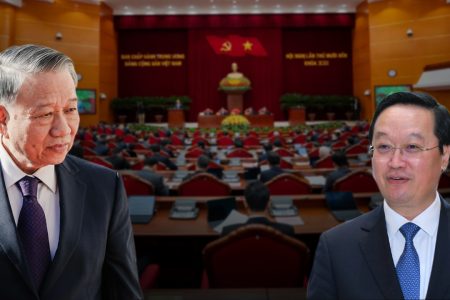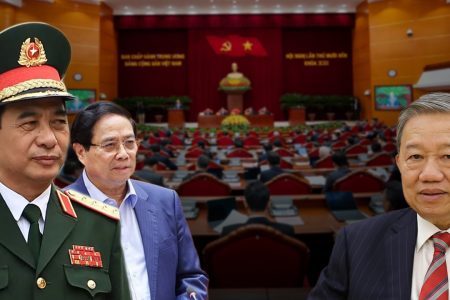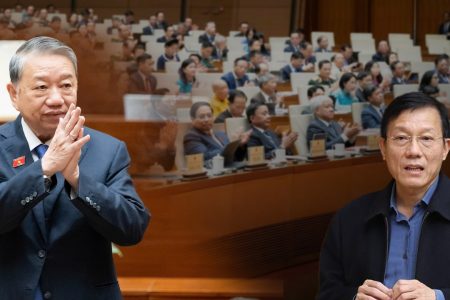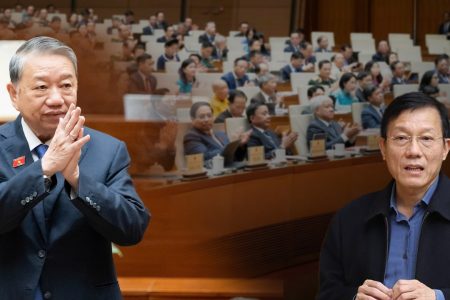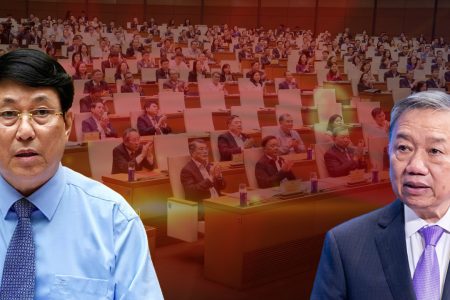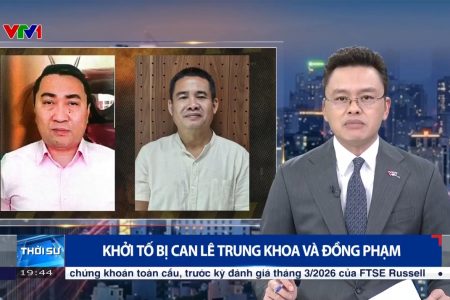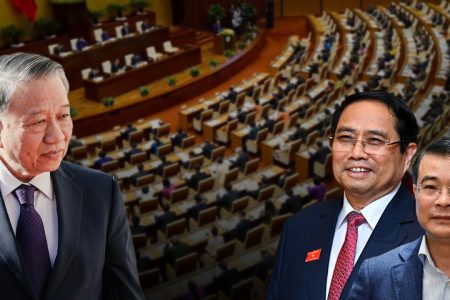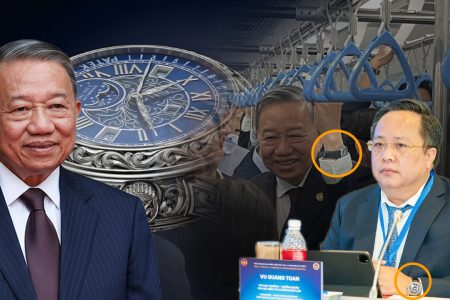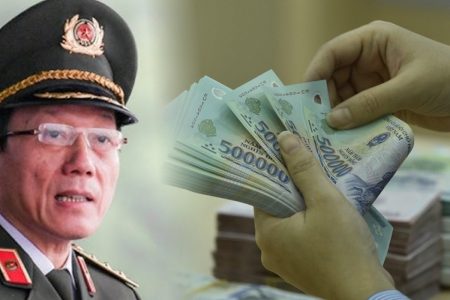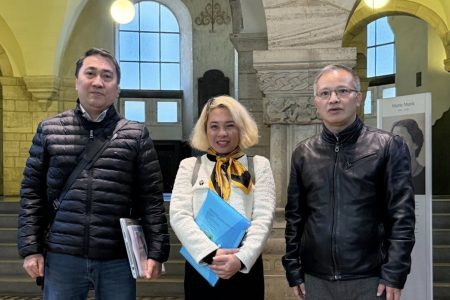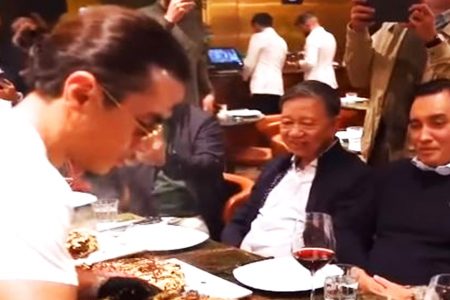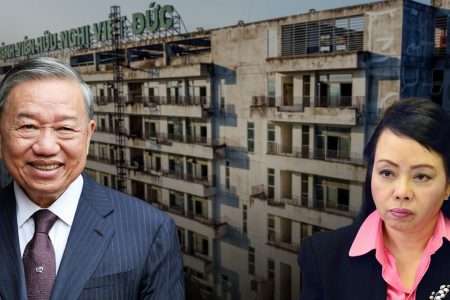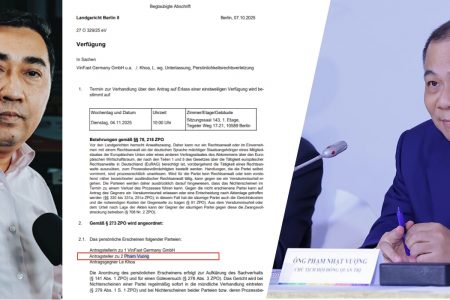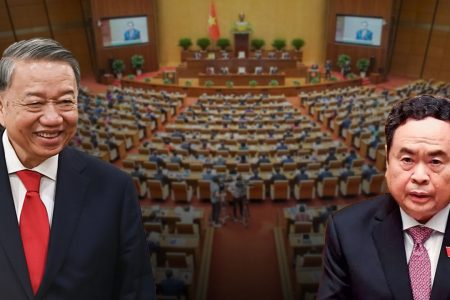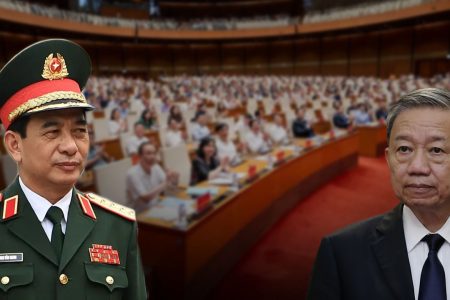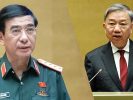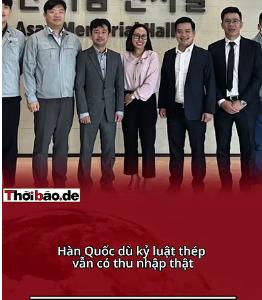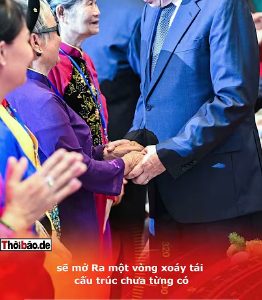
The policy of streamlining the political system in Vietnam is facing many challenges and deadlocks. This process has encountered many obstacles due to affecting the interests of some individuals and organizations, leading to internal opposition.
Some opinions say that, despite efforts from senior leaders, especially General Secretary To Lam, to reform and improve operational efficiency, the results have not been as expected.
According to observers, streamlining the political apparatus is a big challenge for General Secretary To Lam. This process is not simply merging and dissolving some departments, ministries, and branches or streamlining the payroll, but also requires choosing a state model suitable to the political, economic, and social situation of Vietnam.
Most recently, Minister of Home Affairs Pham Thi Thanh Tra said that the Government plans to spend VND130 trillion ($5 billion), to rearrange and streamline the working apparatus of the political system. This figure is approximately equal to the total value of Vietnam’s rice exports in 2024. Accordingly, this is expected to help save the budget VND113 trillion in the next 5 years.
According to Deputy Prime Minister Nguyen Hoa Binh, this reorganization of the working apparatus and streamlining of the payroll will affect about 100,000 employees in the apparatus. Public opinion sees that, if based on the figure the Government plans to spend of VND130 trillion, the initial cost to reduce 1 person in the apparatus, the state will have to spend about VND1.3 billion.
But the restructuring of the apparatus is still not easy, because there are too many deputy leaders, and no one is willing to voluntarily withdraw, because it is related to power and interests.
According to the representative of the Ministry of Home Affairs, in this restructuring of the apparatus, all deputy ministers will be arranged to stay, no comrades will have to resign. Public opinion sees that, up to now, the restructuring of the apparatus is just a formal statement and is not convincing.
Meanwhile, General Secretary To Lam has requested agencies and units from the central to local levels to complete the restructuring in the first quarter of 2025.
The above mentioned things have shown that the policy of restructuring and streamlining the apparatus of the political system in Vietnam lacks specific calculations and comprehensive plans. Combined with opposition from within the political system, it is posing great challenges to this process.
That has led to conflicts of interest between individuals and interest groups within the Party. And some groups have taken advantage of this policy to destroy each other, affecting this process.
According to international analysts, despite Lam’s great determination, the implementation of the policy of streamlining the apparatus still faces many difficulties. The reason is that most Vietnamese leaders lack the necessary management experience to carry out large-scale reforms in a short time.
On Vietnamese social networks, many opinions say that senior leaders have made too many „winged“ promises, but so far there have been no remarkable results.
Public opinion believes that the issue that people are most concerned about is, after the reform: Will people’s income increase or not? Will social security, health care, and education policies be better than before? Will administrative procedures be improved or not? Also, are the attitudes and ways of serving the people of officials and civil servants better or worse?
That is the measure of the success or failure of the so-called „revolution“ to arrange and streamline the apparatus of the political system of the Communist Party of Vietnam and their government.
Tra My – Thoibao.de



